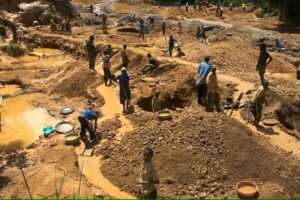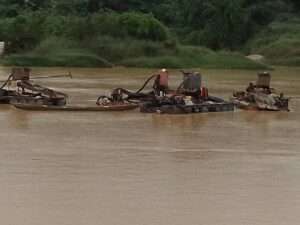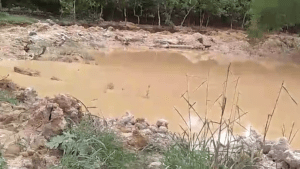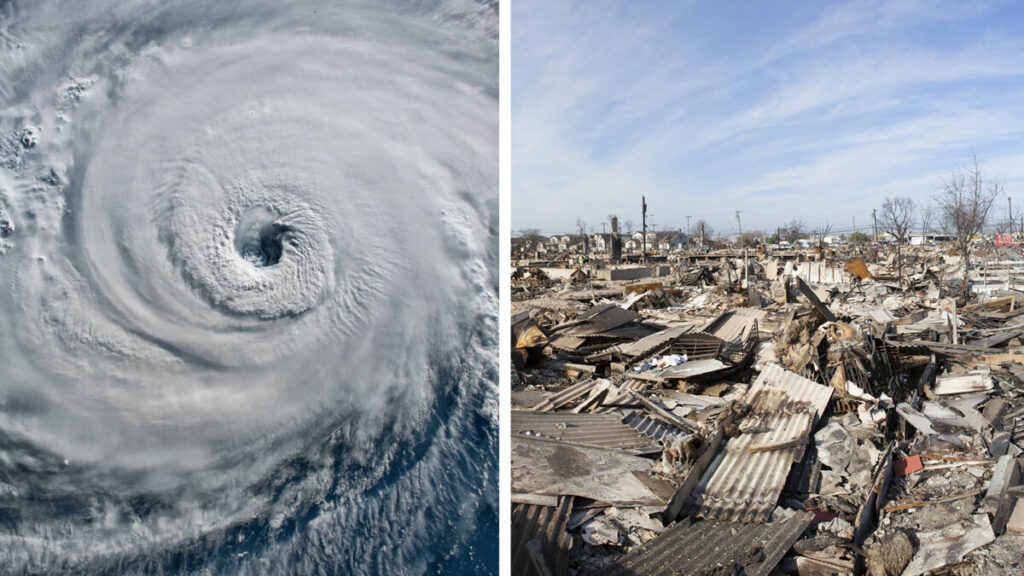
From Malawi to Mississippi, deadly cyclones are ravaging the planet.
But scientists warn they could get even scarier.
It started off innocuously, like any other tropical storm.
But Cyclone Freddy, born off the northwest coast of Australia in early February, was anything but ordinary. It intensified, then headed west and crossed the Southern Indian Ocean, travelling more than 8,000km (4,971 miles) to reach Southeast Africa.
By the time it eventually dissipated after making two landfalls in mid-March, it had become the longest-lasting tropical cyclone in recorded history.
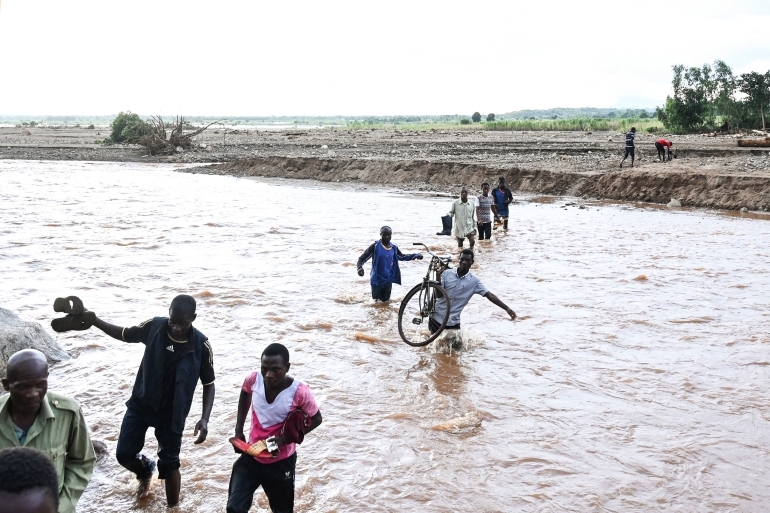
It was also the most powerful storm ever recorded in the Southern Hemisphere, with its trail of destruction leaving more than 600 people dead and more than 1.4 million affected.
Climate Analytics, found that the likelihood of “extremely active hurricane seasons” – which have several very powerful cyclones – had doubled between 1982 and 2020.
“This research was a first step towards attributing extreme hurricanes to human-caused climate change,” Pfleiderer told Al Jazeera.
Extreme hurricanes also bring with them an equally deadly partner – a dramatic rise in seawater levels known as a storm surge, which often leads to the flooding of coastal regions.
With ocean levels already rising sharply in recent years because of global warming, scientists have shown that storm surges and associated tidal waves will get worse in the future, and are likely to dump water farther inland than before.
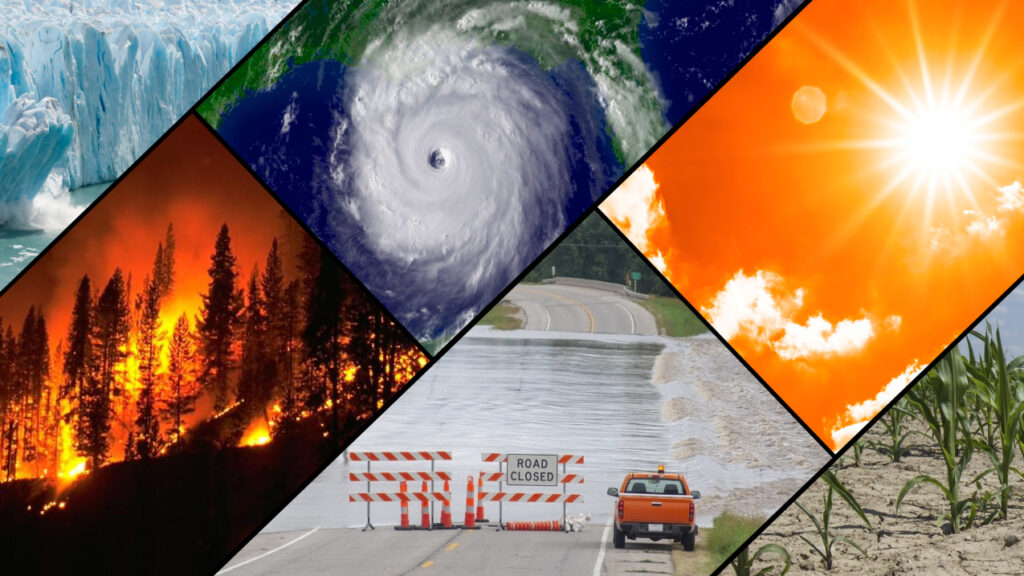
The direct link between climate change resulting from human actions and extreme weather events is now scientifically evident, Pfleiderer and Jangir both said. The growing frequency and intensity of droughts, heat waves and wildfires around the world has also been attributed to climate change by scientists.
And a new report of the United Nations Intergovernmental Panel on Climate Change (IPCC), released in late February, ominously concluded that there is a “brief and rapidly closing window of opportunity to secure a liveable and sustainable future for all”.
Yet, despite the scientific and anecdotal evidence, scientists worry that large parts of the world remain unprepared.
To a large extent, the global nature of climate change and extreme weather phenomena – where a storm like Cyclone Freddy can span three continents – demands an equally global response.
“We have the technology and capability to reduce greenhouse gas emissions globally but emissions remain at close to record high levels,” Andrew King, a senior lecturer in climate science at Melbourne University, told Al Jazeera.
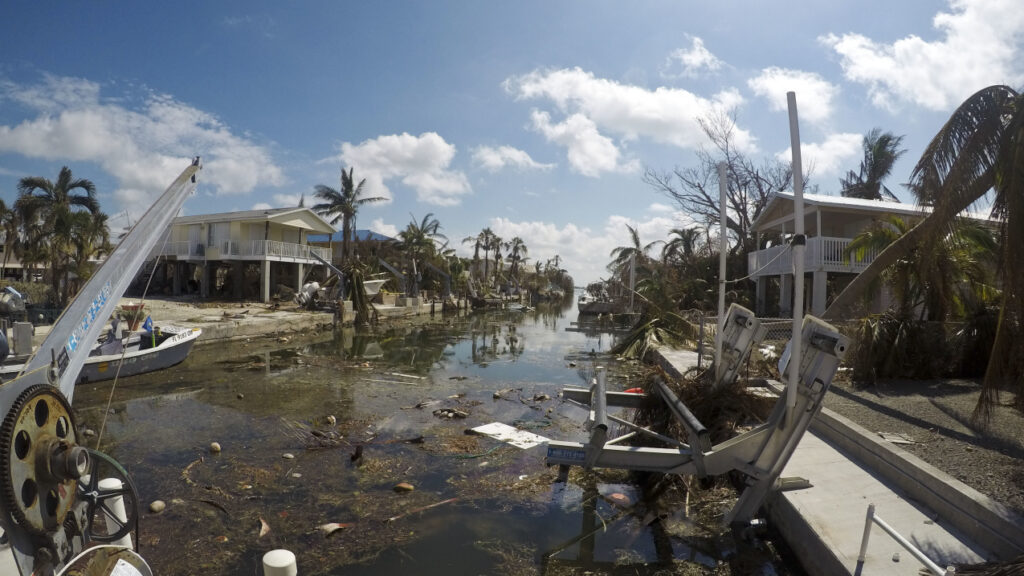
Lisa Schipper, an IPCC author and researcher at Oxford University whose work focuses on the intersection of climate change and human development, said the “unequal” nature of the problem made it particularly challenging.
The Global North is responsible for more than 90 percent of the world’s excess greenhouse gas emissions.
And within countries, the “wealthiest people are the ones who contribute most” but are also the ones who resist change the most, Schipper said.
“In the end … a small lot of people are causing the most damage,” she told Al Jazeera.
Still, there are more immediate steps that can also help countries avoid the worst of the death and destruction that are the calling cards of dangerous storms, say scientists.
In particular, robust early warning systems are important, said Jangir, the researcher at IIT Kharagpur.
A 2019 report by the Netherlands-based Global Center on Adaptation concluded that a day’s advance warning of an imminent storm or heat wave could reduce damage to people and their property by 30 percent.
And Bangladesh has shown how even a country with limited resources can save thousands of lives by putting in place a robust disaster preparedness system.

After a deadly cyclone killed an estimated half a million people in 1970 in what was then East Pakistan, the new nation of Bangladesh that was born a year later set up a cyclone warning and response system that it has honed over the years.
Today, it relies on embankments to blunt the force of cyclones, thousands of shelters to house displaced people and text alerts sent out to warn communities about coming storms. Tens of thousands of volunteers man this response system – from helping people evacuate to ensuring that the shelters are stocked with food, water and medicines. This has helped dramatically reduce the death toll from deadly cyclones like Amphan, which claimed about two dozen lives in Bangladesh.
But while United Nations Secretary General Antonio Guterres has promised early warning systems for all nations by 2027, that won’t be easy: As of October 2022, only half of the world had such systems in place.
That’s compounded by a more fundamental knowledge gap. Most climate-impact research has focused on rich countries.

“While extreme events are becoming the norm across the world, a lot of on-the-ground impacts are poorly documented in more vulnerable regions,” said Nath of Climate Analytics.
Currently, climate adaptation strategies – even when meant for developing nations – are often devised in the West, following little or no collaboration with local communities, said Schipper. “A policy framed in a capital city like London could be implemented somewhere in Asia.”
That needs to change, she said. “We need more diverse voices to get more accurate knowledge and solutions,” Schipper said.
“We are leaving behind a lot of people.”
Source: Aljazeera


